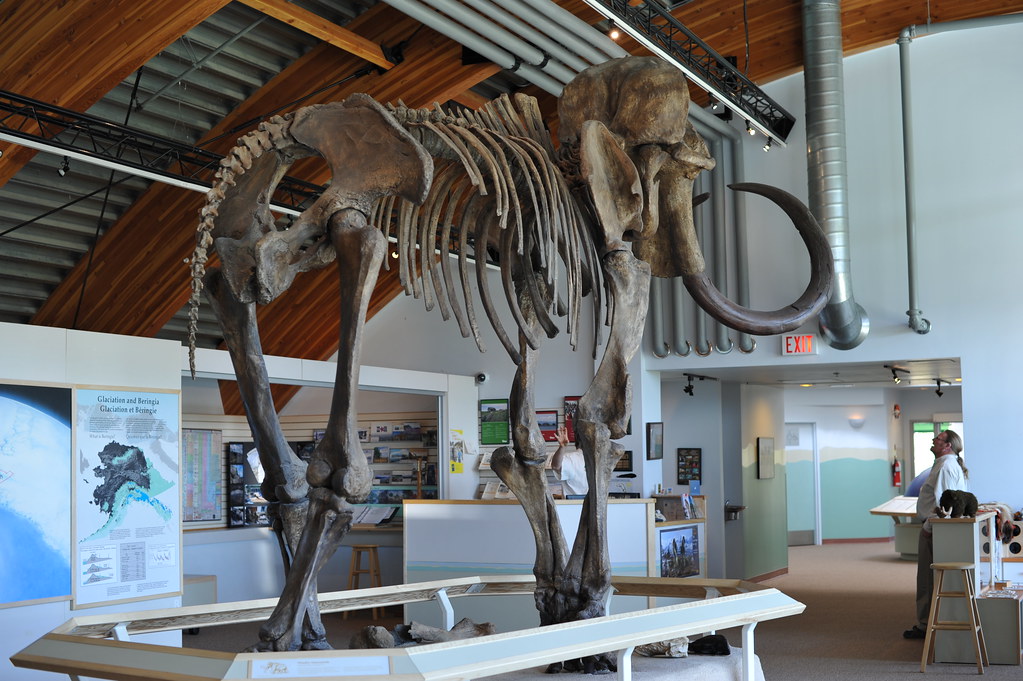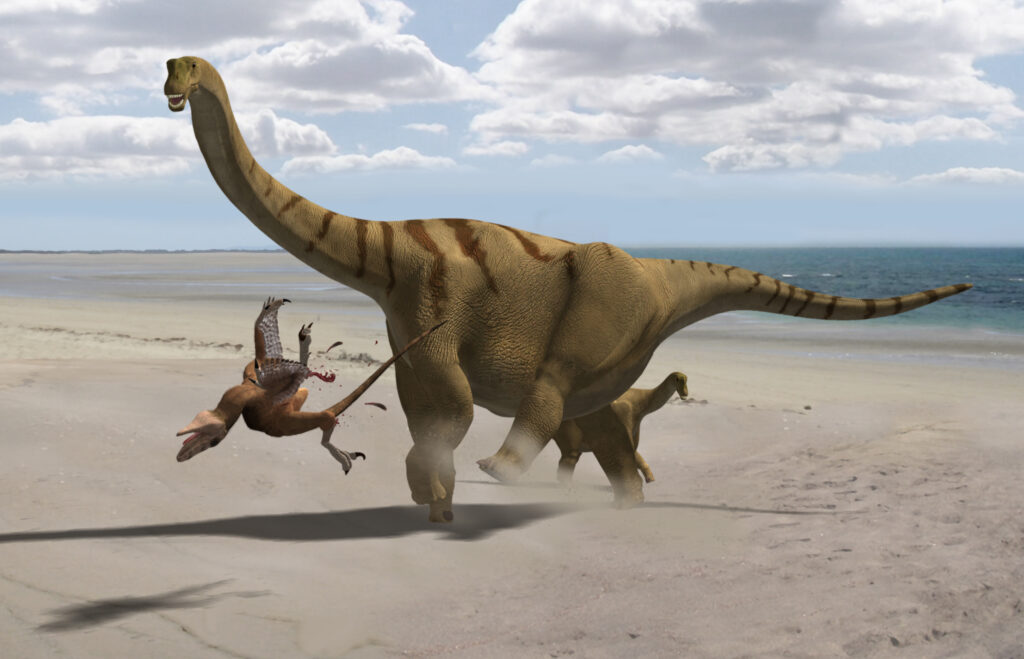Picture this: scientists in a frozen wasteland, carefully extracting ancient teeth from permafrost that’s been locked in time for over a million years. They’re not hunting for T-Rex remains or velociraptor claws. Instead, they’re about to make a discovery that would revolutionize our understanding of life on Earth—finding DNA so old it makes even the most ambitious Jurassic Park fantasy look like child’s play. Yet this groundbreaking genetic material didn’t come from the massive reptiles that once ruled our planet. The story of the oldest DNA ever discovered is far more surprising and complex than any Hollywood blockbuster could imagine.
The Million-Year Milestone That Changed Everything
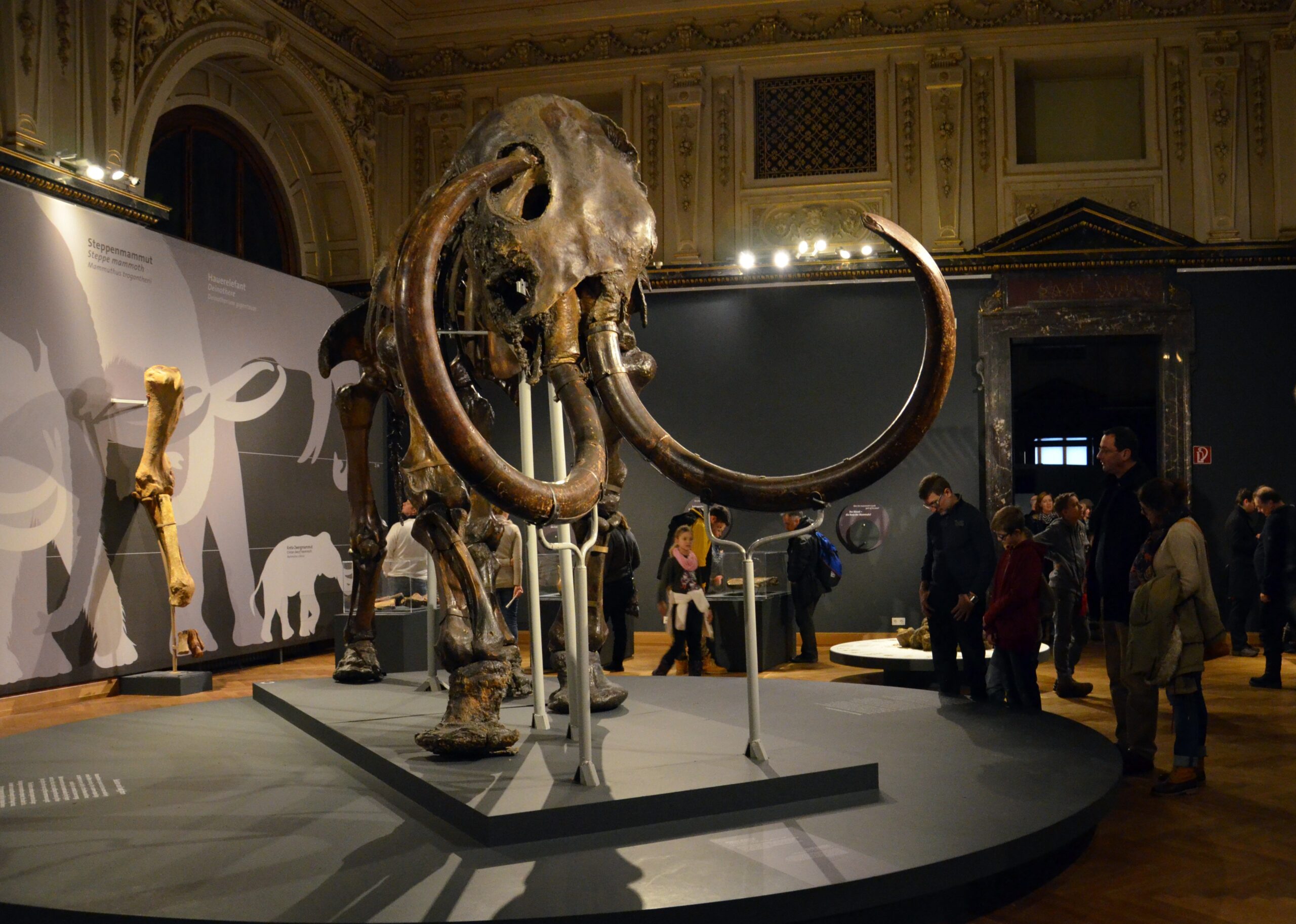
In 2021, researchers achieved what many thought impossible by extracting DNA from mammoth teeth buried in Siberian permafrost for over one million years. This discovery shattered previous records by hundreds of thousands of years, pushing back the boundaries of genetic archaeology into uncharted territory.
The specimens came from three different mammoths, with the oldest sample dating back approximately 1.2 million years. To put this in perspective, this DNA is roughly 20 times older than the previous record holder and predates the earliest known human ancestors by hundreds of thousands of years.
Why Dinosaurs Never Had a Chance in the DNA Game
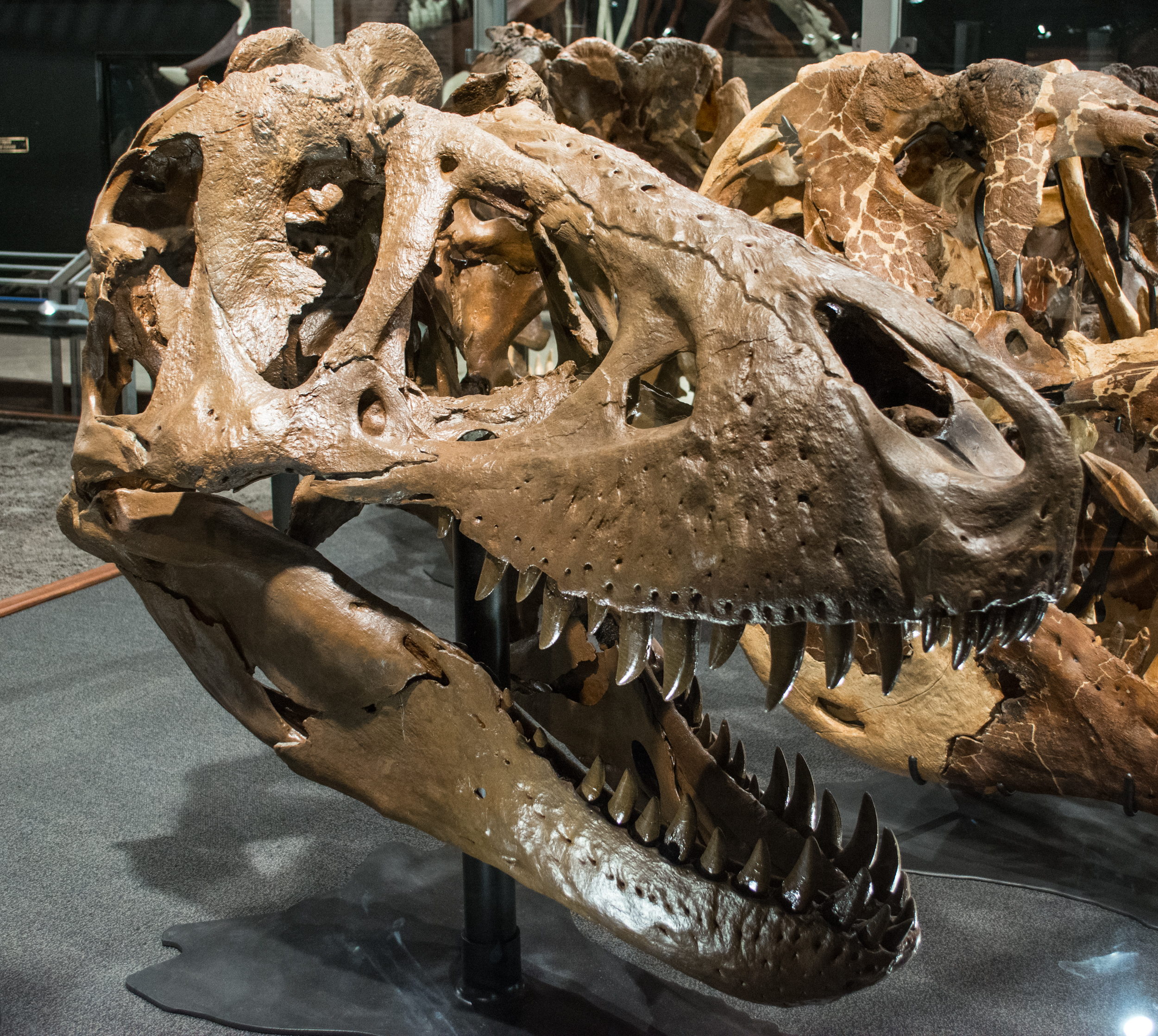
Despite what movies suggest, dinosaur DNA simply cannot survive the 65 million years since their extinction. DNA begins breaking down immediately after death, and even under perfect conditions, it degrades completely within a few million years at most.
The chemical bonds that hold DNA together are inherently unstable, and they break apart through various processes including hydrolysis, oxidation, and thermal degradation. Think of DNA like a delicate chain made of paper clips—over time, the connections weaken and snap, leaving only fragments that become increasingly shorter and more damaged.
Even the most optimistic estimates suggest DNA could theoretically survive for about 6.8 million years under absolutely ideal conditions. Dinosaurs went extinct roughly 10 times longer ago than this theoretical maximum, making their genetic resurrection through ancient DNA completely impossible.
The Permafrost Time Machine
Siberian permafrost acts like nature’s ultimate freezer, creating conditions so perfect for preservation that they border on miraculous. Temperatures consistently below freezing, minimal oxygen exposure, and stable pH levels create an environment where organic material can remain intact for extraordinary periods.
The permafrost doesn’t just preserve DNA—it essentially suspends the normal decay processes that would otherwise destroy genetic material within centuries or millennia. This frozen ground has remained undisturbed for millions of years, creating a natural laboratory where ancient life remains locked in time.
The Technical Marvel of Ancient DNA Extraction

Extracting million-year-old DNA requires techniques so advanced they seem almost magical. Scientists must work in ultra-clean environments wearing hazmat suits to prevent contamination from modern genetic material, including their own.
The process involves grinding ancient teeth into powder, and then using specialized chemicals to separate any remaining DNA fragments from the surrounding mineral matrix. These fragments are often shorter than 50 base pairs—imagine trying to reconstruct a novel from scattered individual letters.
Advanced sequencing technologies can read these tiny fragments millions of times over, using computational algorithms to piece together the genetic puzzle. It’s like having a billion-piece jigsaw puzzle where most pieces are missing and the remaining ones are badly damaged.
What These Ancient Genes Revealed
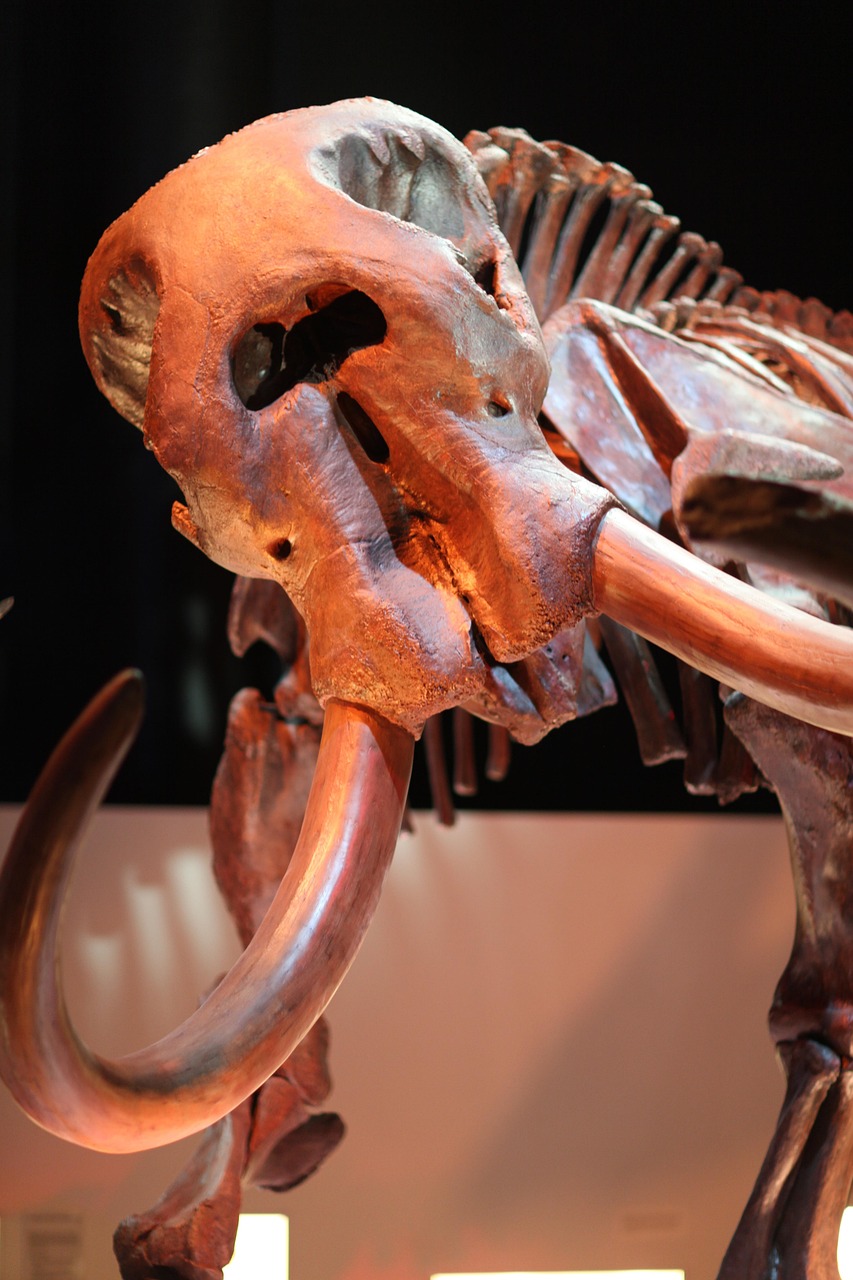
The mammoth DNA didn’t just confirm the existence of these ancient giants—it revealed entirely new species and rewrote the evolutionary history of elephants. The oldest sample belonged to a previously unknown lineage that diverged from other mammoth species over two million years ago.
This discovery showed that mammoth diversity was far greater than previously understood, with multiple distinct lineages coexisting in ancient Siberia. The genetic evidence revealed complex migration patterns and interbreeding between different mammoth populations across vast distances.
Perhaps most remarkably, the DNA showed that these ancient mammoths had already developed many of the cold-weather adaptations we associate with woolly mammoths, including genes for thick fur and specialized blood proteins.
The Limits of Genetic Time Travel
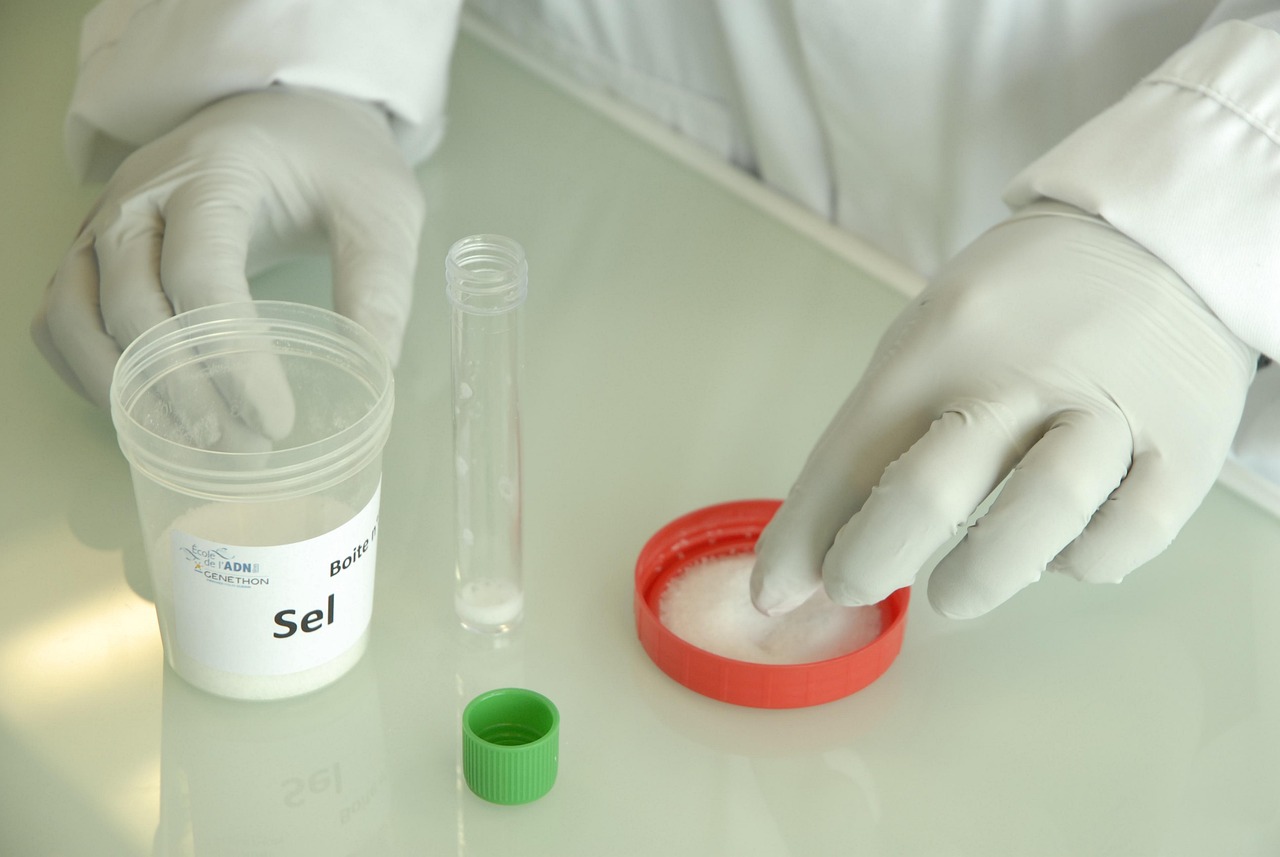
Even with perfect preservation conditions, DNA has fundamental physical limits that prevent it from surviving indefinitely. The double helix structure relies on chemical bonds that inevitably break down over geological time scales, regardless of environmental conditions.
Scientists estimate that DNA degrades at a predictable rate, with half of the genetic material disappearing roughly every 521 years at freezing temperatures. This means that after one million years, only about one quadrillionth of the original DNA remains—an almost impossibly small amount.
The mammoth discovery likely represents close to the theoretical maximum age for recoverable DNA, meaning we may never find genetic material significantly older than what’s already been discovered.
Beyond Mammoths: Other Ancient DNA Success Stories
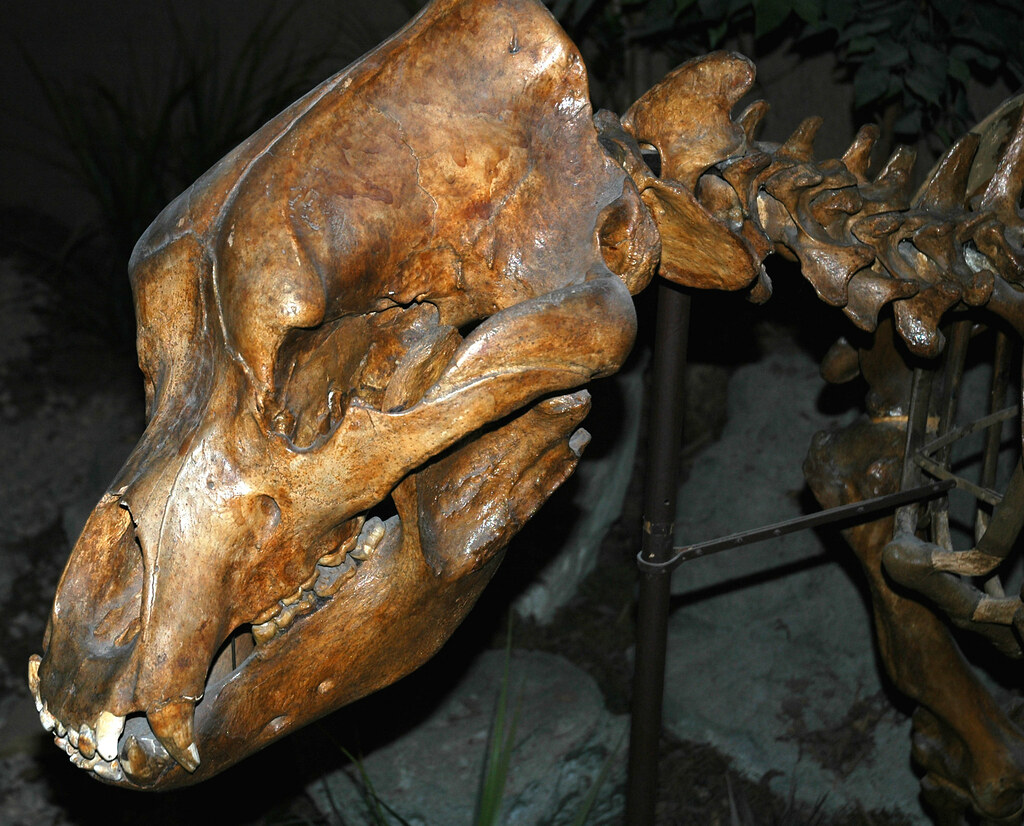
While mammoth DNA holds the age record, scientists have successfully extracted genetic material from numerous other ancient organisms. Cave bear DNA from 400,000 years ago has provided insights into Ice Age ecosystems and extinction patterns.
Ancient horse DNA from Yukon permafrost has revealed the genetic history of equine evolution, showing how modern horses are related to their prehistoric ancestors. Plant DNA from ancient seeds has even been used to resurrect extinct flower varieties.
Human DNA from archaeological sites continues to rewrite our understanding of ancient migrations and population dynamics, with some samples reaching back over 100,000 years in exceptional preservation conditions.
The Contamination Challenge
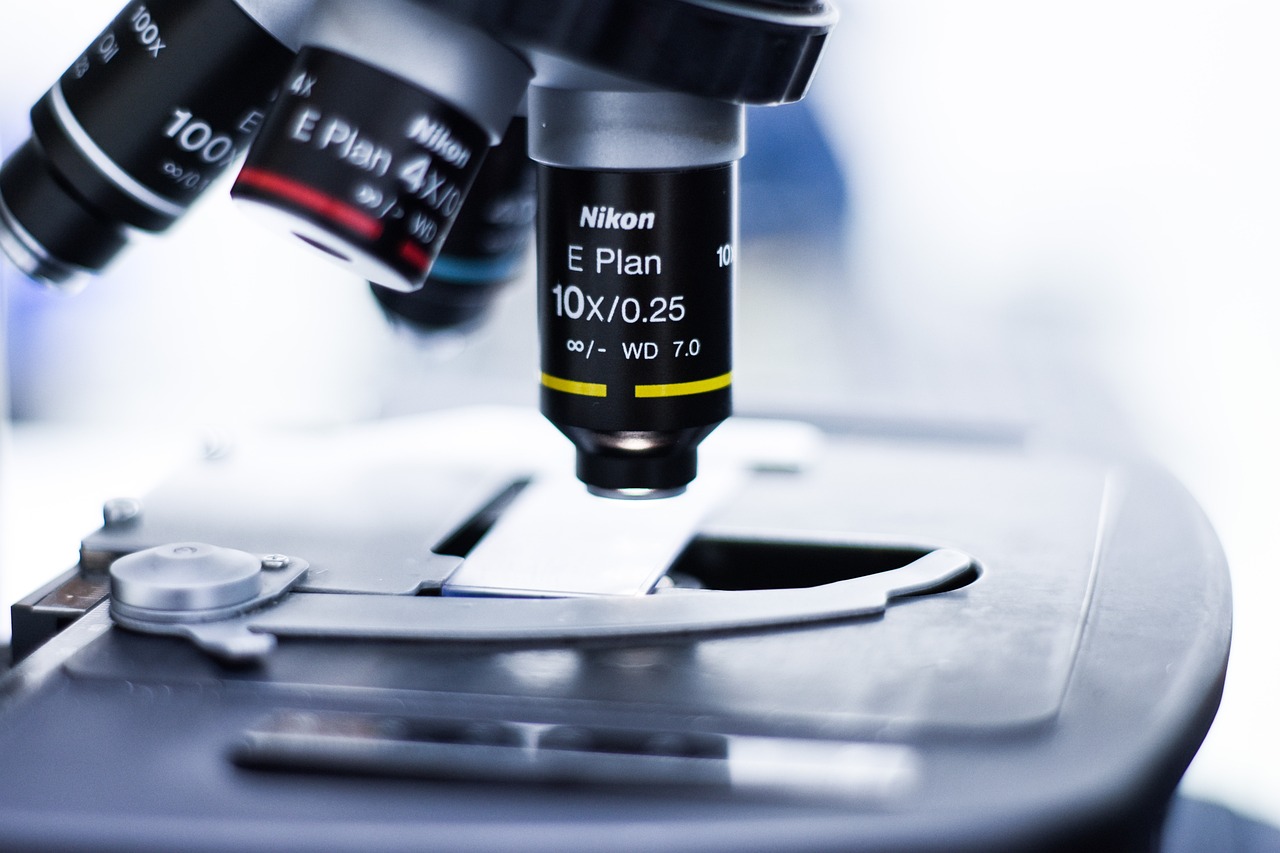
Working with ancient DNA presents unique challenges, particularly the constant threat of contamination from modern genetic material. A single skin cell or hair follicle can introduce contemporary DNA that completely overwhelms the ancient samples.
Laboratories studying ancient DNA must maintain sterile conditions that rival space exploration facilities. Researchers wear full protective gear, work in positive-pressure rooms, and use specialized tools that are sterilized between each use.
Even with these precautions, distinguishing between authentic ancient DNA and modern contamination requires sophisticated molecular techniques and multiple independent confirmations from different laboratories.
How Ancient DNA Rewrites Natural History
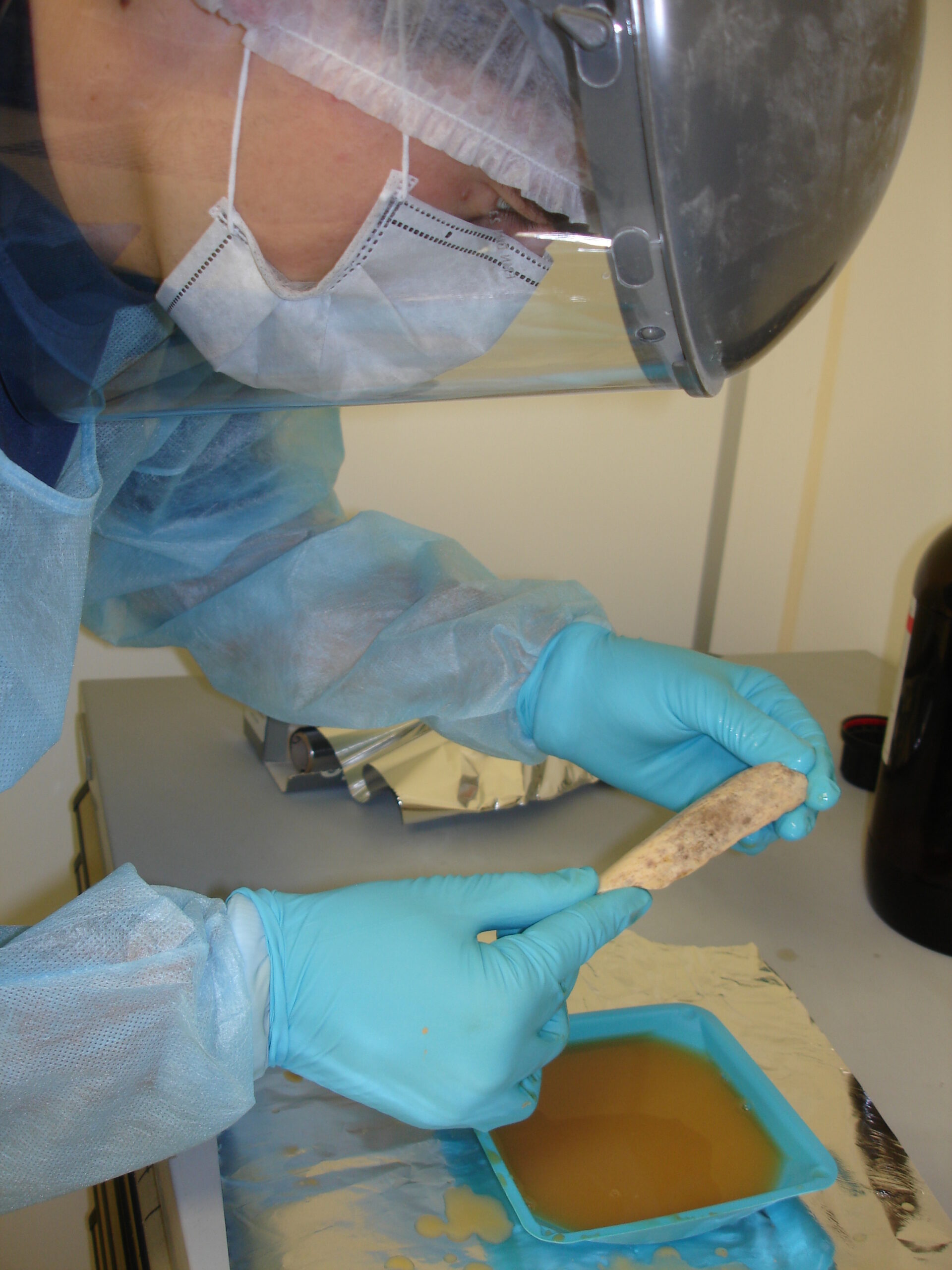
Ancient genetic material has revolutionized our understanding of evolution, extinction, and species relationships in ways that fossil evidence alone never could. DNA provides direct evidence of evolutionary relationships rather than educated guesses based on physical similarities.
The mammoth discoveries revealed that apparent “species” were complex groups of interbreeding populations, challenging traditional concepts of how we classify extinct animals. This genetic evidence has forced scientists to reconsider fundamental questions about what constitutes a species.
Ancient DNA also reveals the pace of evolutionary change, showing that some adaptations occurred much faster than previously thought while others remained stable for millions of years. These insights help predict how modern species might respond to environmental changes.
The Future of Ancient Genetic Research

Technological advances continue to push the boundaries of what’s possible in ancient DNA research. New sequencing methods can work with even smaller and more degraded samples, potentially extending the reach of genetic archaeology.
Scientists are developing innovative techniques to repair damaged DNA fragments, essentially fixing the broken chains of genetic information. These methods could unlock genetic secrets from samples previously considered too degraded to study.
Artificial intelligence and machine learning are being applied to ancient DNA analysis, helping researchers identify patterns and relationships that might be missed by human analysis alone. These tools could accelerate discoveries and improve accuracy in genetic reconstructions.
The Ethics of Genetic Resurrection
Ancient DNA research raises profound ethical questions about whether we should attempt to resurrect extinct species. The technology to potentially bring back mammoths or other Ice Age animals is advancing rapidly, but the moral implications remain hotly debated.
Some argue that humans have a responsibility to restore species we may have driven to extinction, while others question whether introducing ancient animals into modern ecosystems could cause unforeseen ecological disruptions. The mammoth DNA discoveries have made these debates more urgent and realistic.
There are also questions about the welfare of potentially resurrected animals—would a mammoth born in the 21st century be able to thrive in a world completely different from its ancient habitat?
What Ancient DNA Tells Us About Climate Change
The genetic material from ancient organisms provides unprecedented insights into how species responded to past climate changes. The mammoth DNA revealed how these animals adapted to dramatic temperature fluctuations over hundreds of thousands of years.
By studying the genetic diversity of ancient populations, researchers can track how species’ ranges shifted in response to warming and cooling cycles. This information helps predict how modern species might respond to current climate change.
Ancient DNA also reveals which species were most vulnerable to environmental changes, providing crucial data for conservation efforts focused on protecting biodiversity in our changing world.
The Surprising Diversity of Ancient Life
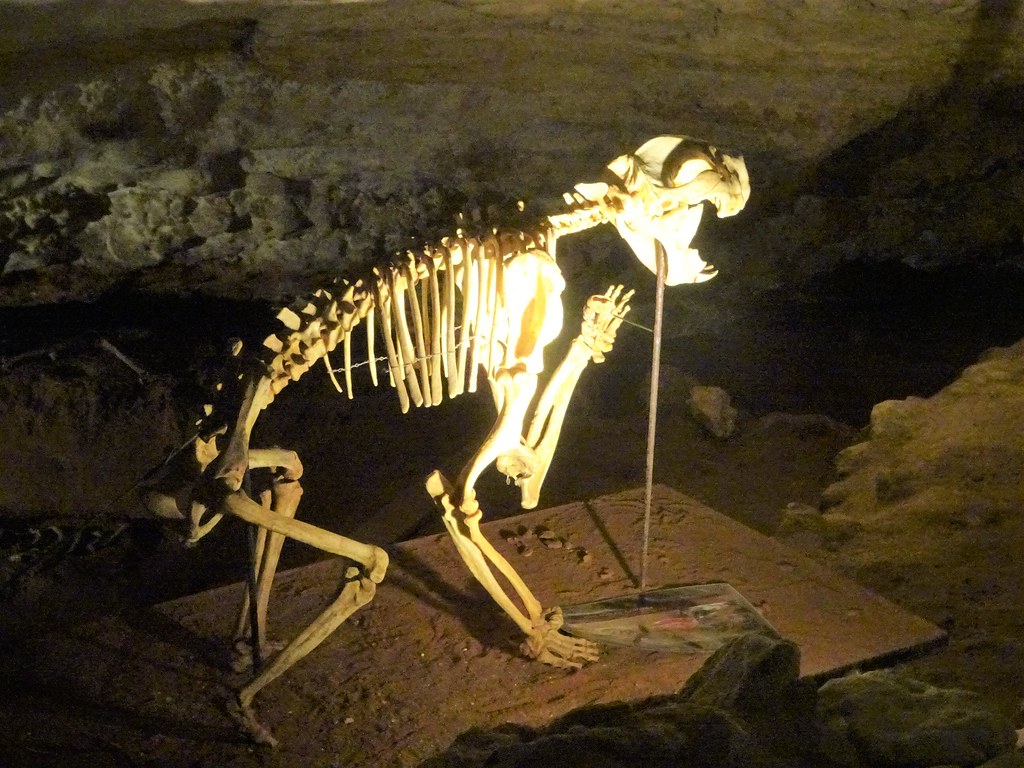
Perhaps the most shocking revelation from ancient DNA research is just how diverse life was in the seemingly barren landscapes of Ice Age Earth. The permafrost has yielded genetic evidence of numerous species that left no fossil record.
These discoveries suggest that prehistoric ecosystems were far more complex and interconnected than previously imagined. The genetic evidence reveals intricate food webs and ecological relationships that would have been impossible to detect from fossils alone.
The mammoth DNA, for instance, has revealed that these giants shared their habitat with a stunning array of other megafauna, creating Ice Age ecosystems that were arguably more diverse than many modern environments.
Conclusion: A Window Into Deep Time
The discovery of million-year-old mammoth DNA represents more than just a scientific achievement—it’s a profound reminder of the deep connections that link all life on Earth across vast periods. While dinosaurs may capture our imagination, the real story of ancient DNA is far more nuanced and ultimately more meaningful than any fictional genetic resurrection.
These molecular time capsules frozen in Siberian permafrost offer us something even more valuable than the possibility of bringing back extinct species: they provide unprecedented insights into how life adapts, evolves, and persists through dramatic environmental changes. The mammoth genes tell a story of resilience and adaptation that spans millions of years, offering crucial lessons for understanding how modern species might navigate our rapidly changing world.
As we continue to push the boundaries of what’s possible in ancient DNA research, we’re not just satisfying scientific curiosity—we’re building a more complete picture of life’s incredible journey through deep time. What other genetic secrets might be waiting in the frozen ground, ready to rewrite our understanding of the natural world?

